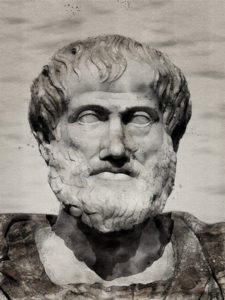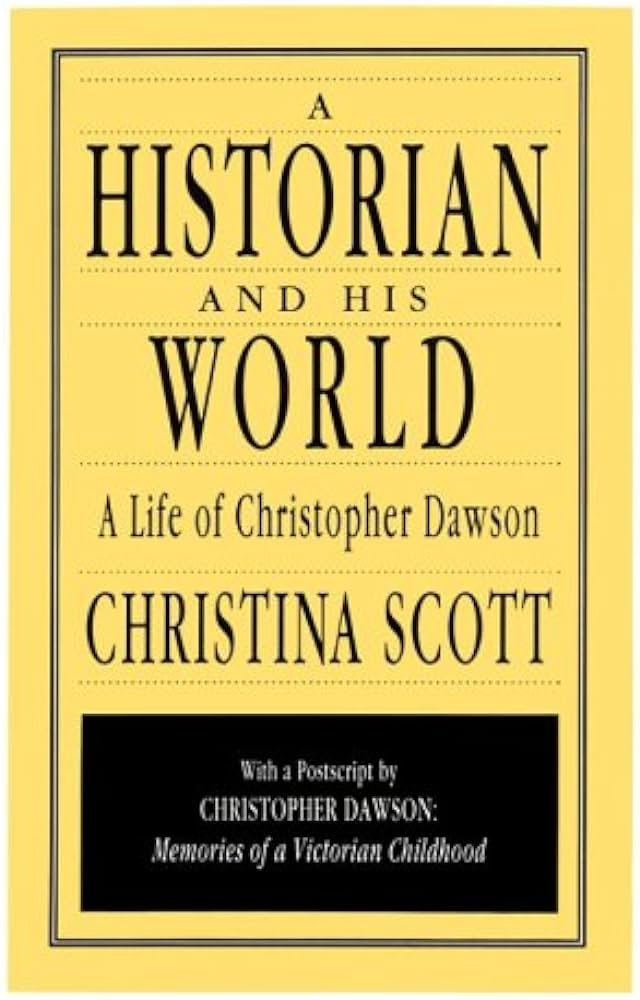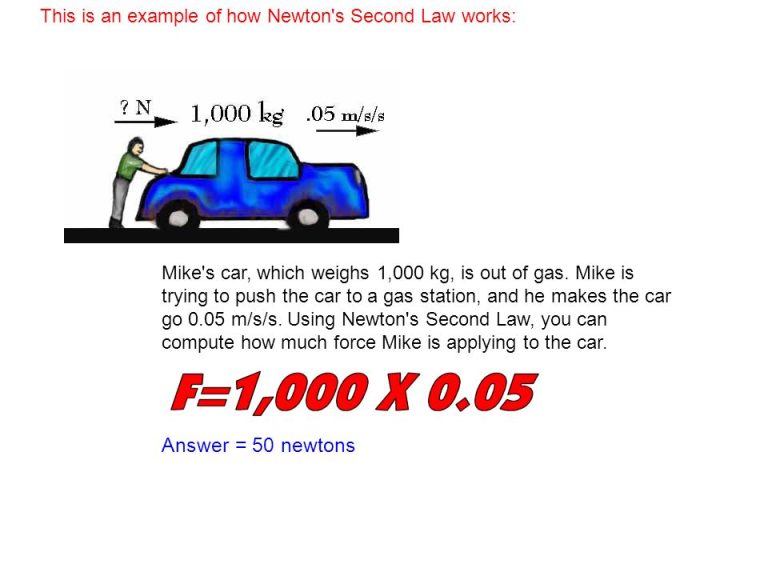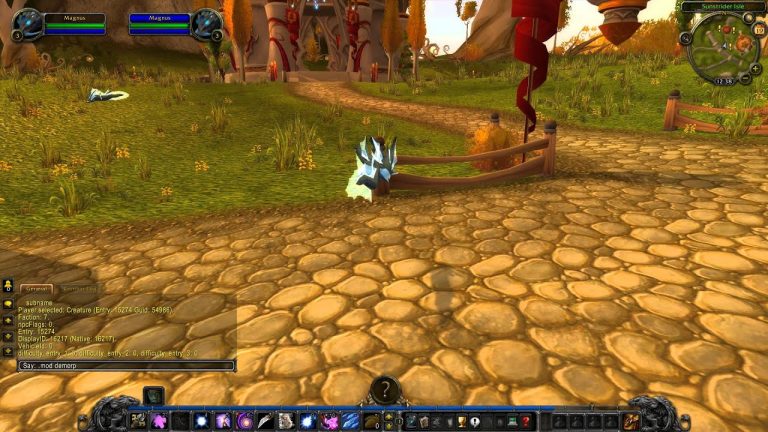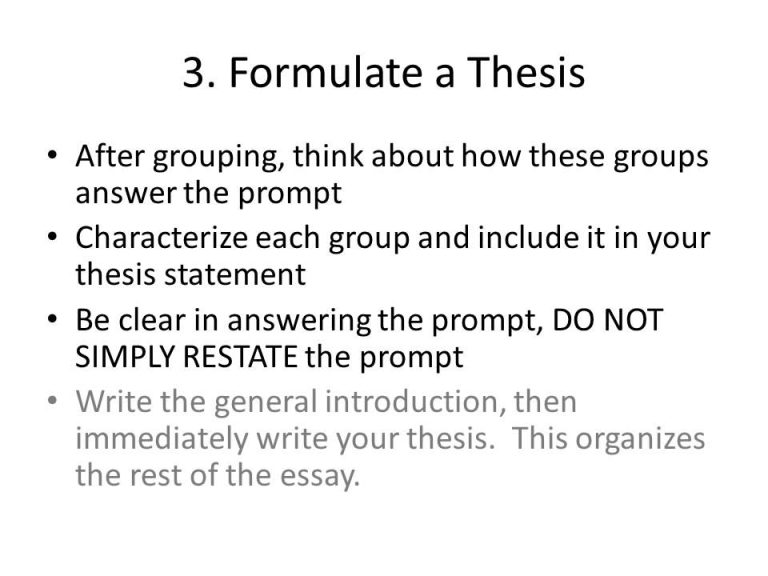An Incomplete History Of World War I
An Incomplete History Of World War I is a comprehensive overview of the history of the Great War, from its origins to its aftermath. It covers the major events of the war, such as the sinking of the Lusitania, the Battle of the Somme, and the Treaty of Versailles. It also looks at the ongoing legacy of the war and its effect on the 20th century. This book is ideal for readers who are interested in understanding the causes and consequences of the war, and the ways it has shaped the modern world.
Outbreak of War
The outbreak of World War I was a complex event that has been long studied and debated by historians. On June 28, 1914, the assassination of Archduke Franz Ferdinand of Austria-Hungary by a Serbian nationalist set off a chain of events that led to the outbreak of war. Within a few weeks, other countries began to join the conflict, including Germany, Russia, France, and Britain. The war was fought on multiple fronts, often with trench warfare as the preferred method of battle. The war was devastating to both sides and the conflict continued for four long years. It began with the assassination of Franz Ferdinand and ended with the signing of the Treaty of Versailles in June of 1919. The war resulted in the deaths of over 9 million people, and left lasting economic, political, and social scars that still exist today. World War I was one of the deadliest and most costly wars in history, and its effects can still be felt in the modern world.
Major Battles and Campaigns
World War I was an incredibly complex war that affected countries from all over the world. It was one of the most devastating wars in human history and it changed the way that wars were fought and the way that countries interacted with one another. One of the most important aspects of World War I was the battles and campaigns that were fought during the conflict.
Two of the most famous battles of World War I were the Battle of the Somme and the Battle of Verdun. The Battle of the Somme saw British, French, and German forces clash in the trenches of the Somme Valley in Northern France and it was one of the bloodiest battles in history. At Verdun, French and German forces fought for 10 months, with the French defending their city.
The Battle of Jutland was another important event of World War I. The British and German fleets clashed in the North Sea and it was the largest naval battle in history. The British suffered more losses, but the battle resulted in a stalemate and the German navy was unable to break the British blockade.
The Battle of Passchendaele was another major battle of World War I. The British, French, and Canadian forces fought against the German army in a muddy quagmire in West Flanders, Belgium. The battle was a major loss for the Allies and resulted in over 500,000 casualties.
The campaigns of World War I were equally important. The Italian Front was a major campaign in which the Italian army fought against the Austro-Hungarian forces in the Alps. The Gallipoli campaign saw British and French forces attempt to gain control of the Dardanelles Strait from the Ottoman Empire. The campaign ultimately ended in failure and resulted in a massive loss of life.
These battles and campaigns were some of the most important of World War I and they changed the course of history. They also showed the world the horrors of war and the terrible cost that war can have on humanity.
Major Events and Turning Points
World War I, also known as the Great War, was a global conflict that began in 1914 and ended in 1918. It was one of the deadliest wars in history, with an estimated 10 million military personnel and 7 million civilian casualties. Throughout the four years of fighting, the war saw a number of major events and turning points. From the sinking of the Lusitania to the Battle of Verdun, these events shaped the course of the war and its eventual outcome.
At the start of the war, Germany declared war on Russia in August 1914. This was followed by an invasion of Belgium and Luxembourg, and the Battle of Tannenberg in which the Russians were defeated. The Battle of the Marne in September 1914 saw the French and British forces launch a counterattack against the German advance, which led to a stalemate in the trenches. In April 1915, the sinking of the RMS Lusitania by a German U-boat sparked international outrage and brought the United States into the war.
The Battle of Verdun in February 1916 was one of the longest and bloodiest battles of the war. It saw German forces attempting to break through the French lines, but ultimately the battle ended in a stalemate. In July 1916, the Battle of the Somme saw the British forces suffer heavy losses, but they managed to hold their ground.
In April 1917, the United States finally declared war on Germany and sent troops to Europe. This bolstered the Allied forces and allowed them to launch a series of successful attacks against the German lines. In October 1917, the Battle of Caporetto saw the Italians suffer heavy losses, but they managed to hold their ground. Finally, in November 1918, the armistice was signed and the war came to an end.
These major events and turning points during World War I helped shape the course of the conflict and set the stage for the armistice. Each of these battles was bloody and costly, but they ultimately led to the end of the war and the victory of the Allied forces.

Technology and Weapons Used
in WWI
World War I was a conflict of unprecedented scale and intensity, with a vast array of technologies, weapons, and tactics employed by both sides. Advances in science and engineering enabled the development of new weapons and equipment that had never been seen before. From tanks and airplanes to chemical weapons, the technology used in WWI changed the way wars were fought, with devastating consequences.
The introduction of tanks and airplanes changed the face of warfare. Tanks provided the firepower and mobility to break through enemy lines, while airplanes allowed for aerial reconnaissance and bombing missions. Chemical weapons such as chlorine and mustard gas were used to devastating effect, with millions of casualties. Naval warfare was also revolutionized, with the introduction of submarines, torpedoes, and mines.
The use of machine guns and artillery were key to success on the battlefield. Machine guns allowed for rapid and sustained fire, while artillery provided the ability to bombard enemy positions with great power and accuracy. Rapid-firing rifles, grenades, and bayonets were also used extensively in close-quarter combat.
In conclusion, the technology and weapons used during World War I underwent a dramatic transformation. From tanks and airplanes to chemical weapons and machine guns, the introduction of new technologies changed the face of warfare and had a devastating impact on the battlefield.
Effects on Society
The First World War (WWI) had an immense impact on society, both during and after the conflict. It changed the political landscape of Europe, affected the lives of millions of people, and led to the creation of new nations. The war also changed the social and economic landscape of Europe, with many countries facing extreme poverty and deprivation as a result of the war’s destruction. WWI also had a lasting effect on culture, with the introduction of new artistic styles and the emergence of new trends in literature and film. WWI had a profound and lasting impact on the world, and its effects can still be felt to this day.
The war caused a massive upheaval in the political landscape of Europe, with the collapse of traditional empires and the emergence of new nation-states. The war also brought about the end of the Austro-Hungarian Empire and the creation of new countries, such as Czechoslovakia, Poland, and Yugoslavia. WWI also led to the dissolution of the Ottoman Empire, resulting in the creation of the modern Middle East.
The war also had a devastating effect on the lives of millions of people, with high casualty rates and the displacement of entire populations. The destruction of infrastructure and the disruption of supply chains also had a significant impact on the economy of Europe, leading to extreme poverty and deprivation.
WWI also had a major impact on culture. Many artists and authors were inspired by the war and its effects, creating works of art and literature that reflected the grim reality of the conflict. The war also gave rise to new trends in film, with a focus on realism and the exploration of themes such as death, loss, and the futility of war.
The First World War had a profound and lasting impact on the world. Its effects can still be felt today, with the political, social, and economic landscape of Europe still being shaped by the events of WWI. Furthermore, the effects of the war can also be seen in the cultural landscape, with the emergence of new artistic styles and the exploration of themes such as death and despair in literature and film.
Aftermath
of World War I
The First World War resulted in unprecedented human losses and the displacement of millions of people worldwide. When the armistice was declared in November 1918, it marked the end of one of the deadliest conflicts in human history. The aftermath of World War I had a profound impact on the political, social, and economic landscape of Europe and the world.
The Treaty of Versailles, signed in June 1919, was the first step in the process of rebuilding Europe. It imposed harsh reparations on the Central Powers, redrew the borders of Europe, and created the League of Nations to ensure the maintenance of international peace. The legacy of the Treaty of Versailles was mixed, as it imposed a heavy burden on the German people and led to the destabilization of Europe in the 1930s.
The First World War also left a lasting impact on the international economy. The war crippled the global financial system and led to the emergence of new economic powers such as the United States and the Soviet Union. The war also caused a shift in the balance of power in Europe, with the decline of the British and French empires and the rise of Germany and the Soviet Union.
The human cost of the war was immense. Millions of people were killed, wounded, or missing in action. The war also caused tremendous destruction, with entire cities and towns destroyed by artillery fire, shelling, and aerial bombardment. The psychological trauma of the war was also immense, as soldiers and civilians alike experienced the horrors of war.
The legacy of World War I can still be felt today. The conflict left scars that have yet to be healed, and its effects are still being felt in the political and economic landscape of Europe and the world. The First World War was a pivotal moment in history, and its impact can still be felt today.
FAQs About the An Incomplete History Of World War I
Q1. What countries were involved in World War I?
A1. World War I was fought between the Allied Powers (France, Russia, Serbia, Great Britain, Italy, Belgium, Japan, United States, Romania, Greece, Portugal, and Montenegro) and the Central Powers (Germany, Austria-Hungary, Bulgaria, and the Ottoman Empire).
Q2. What events led to the start of World War I?
A2. World War I began on June 28, 1914, when a Serbian nationalist assassinated Archduke Franz Ferdinand, the heir to the Austro-Hungarian throne. This event sparked a series of declarations of war between the various countries involved.
Q3. What were some of the major battles of World War I?
A3. Some of the major battles of World War I include the Battle of the Somme, the Battle of Verdun, the Battle of Tannenberg, and the Battle of Gallipoli.
Conclusion
In conclusion, World War I was a complex and devastating conflict that changed the world forever. Although much has been written about the causes and consequences of the war, it is impossible to fully understand its impact without a thorough understanding of its history. As such, the history of World War I is incomplete; however, it is a history worth exploring, as it offers valuable insights into the events that shaped the modern world.

